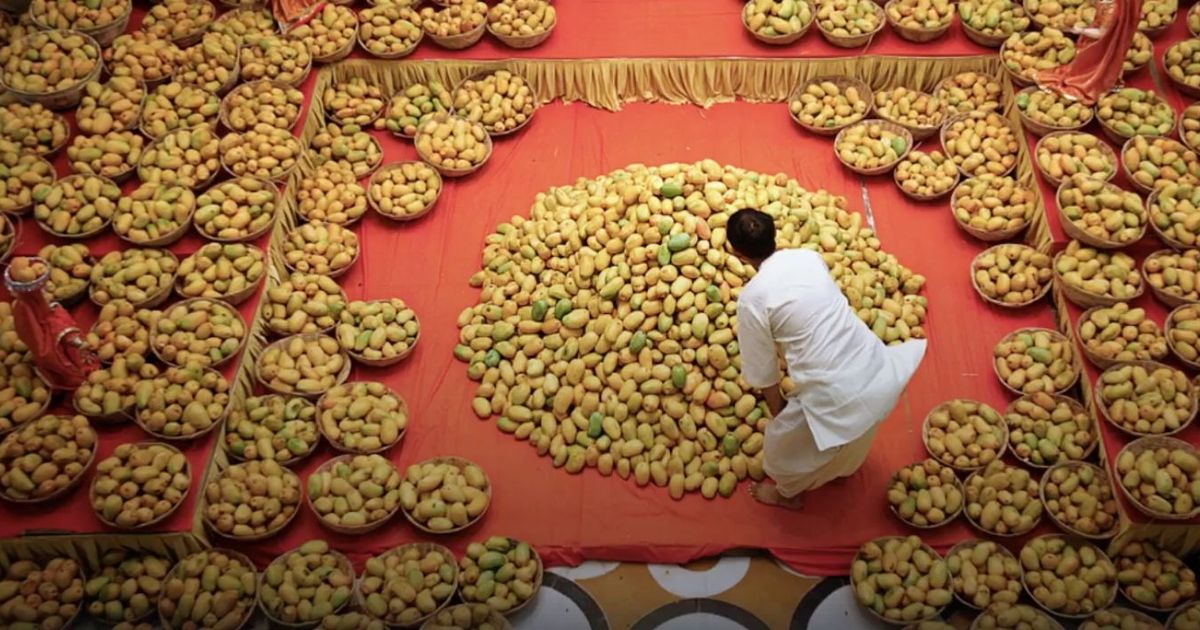Sure, summers in India are painfully oppressive – but they come with a plump, juicy mango-coloured lining.
Mangoes have a quality that turn its many passionate fans into fanatics, whatever the variety, But the Safeda, the Dassehri, or the Langda cannot match the rich orange hue, gorgeous flavour – and exorbitant price tag – of the Alphonso. Or so we like to believe.
Alphonsos are usually found in the Western coastal areas, and Mumbai’s roadside shops are flooded every summer with this variety of mango.
Its popularity, however, may be slowly killing the Alphonso. A feverish demand for the fruit has birthed a monoculture – the large-scale cultivation of a single crop – in Tamil Nadu, Karnataka, Kerala and Andhra Pradesh.
In Ratnagiri, for example, home to the most popular variety of the Alphonso, the fruit has become the backbone of the agricultural economy and any losses in yield would be devastating for the farmers.
But this exclusive cultivation of Alphonsos is destroying the bio-diversity of the area and turning the mango trees into magnets for pests and diseases. Other crops like cashew, coconut, or areca nut have been replaced by the Alphonso.
Monoculture isn’t the only problem. The production and quality of the mangoes have been deteriorating because of abnormal changes in temperature, increases in pest attacks, and excessive use of chemicals and pesticides. Some farmers are reverting to organic methods for cultivation, but most are unwilling to discontinue their use of growth stimulants and pesticides.
“It causes early flowering, and the early fruit, in March and early April, fetches a higher price. If we leave the trees to flower naturally, the fruit will not appear before late May, when the prices drop,” said Shriram Phadke, an Alphonso farmer, to Down To Earth magazine.
Just 0.2% of readers pay for news. The others don’t care if it dies. You can help make a difference. Support independent journalism – join Scroll now.

Our coverage is independent because of readers like you. Pay to be a Scroll member and help us keep going.
